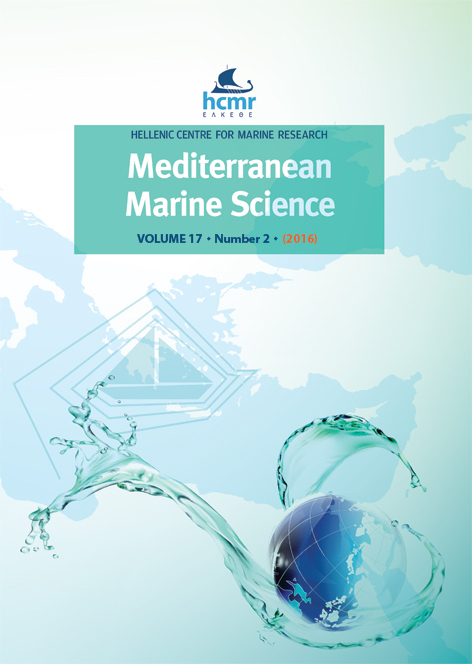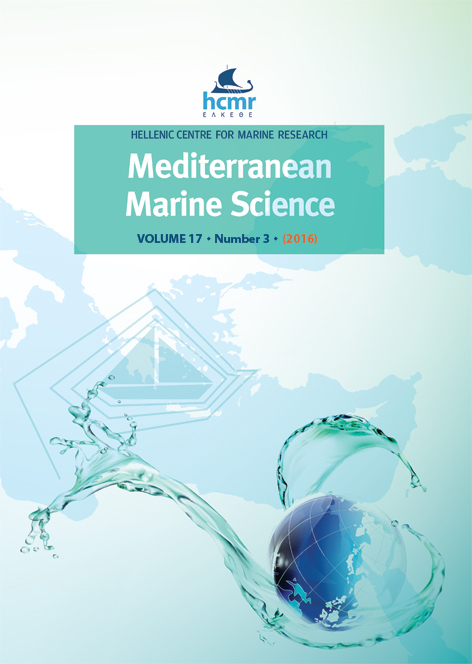Domoic acid in phytoplankton net samples and shellfish from the Krka River estuary in the Central Adriatic Sea

Abstract
This paper deals with the precise identification of species of Pseudo-nitzschia, focusing on those which are a potential source of domoic acid, from the Krka River estuary of the Central Adriatic Sea. Domoic acid was measured in phytoplankton net samples and shellfish collected in the winter and early spring of 2011 and 2012. Domoic acid was only detected in early March 2011, both in plankton net samples and shellfish extracts, during a Pseudo-nitzschia species bloom. The measured concentrations of particulate domoic acid (DA) in filtered concentrated seawater varied from 3.1˗6.2 ng DA ml-1. In shellfish sample DA concentration was 0.2 μg g-1. Species belonging to the Pseudo-nitzschia delicatissima complex were more common than those from the Pseudo-nitzschia seriata complex. Morphological analyses by electron microscopy revealed the presence of three potentially toxic species: P. calliantha, P. pseudodelicatissima and P. pungens, and one non-toxic species: P. subfraudulenta. However, P. calliantha and P. pseudodelicatissima dominated during the March 2011 bloom. This study presents the first evaluation of particulate domoic acid along the Eastern Adriatic Sea and the first record of the presence of P. calliantha, P. pseudodelicatissima, P. pungens and P. subfraudulenta in the Krka River estuary.
Article Details
- How to Cite
-
ARAPOV, J., UJEVIĆ, I., MARIĆ PFANNKUCHEN, D., GODRIJAN, J., BAKRAČ, A., NINČEVIĆ GLADAN, Ž., & MARASOVIĆ, I. (2015). Domoic acid in phytoplankton net samples and shellfish from the Krka River estuary in the Central Adriatic Sea. Mediterranean Marine Science, 17(2), 340–350. https://doi.org/10.12681/mms.1471
- Issue
- Vol. 17 No. 2 (2016)
- Section
- Research Article
Authors who publish with this journal agree to the following terms:
- Authors retain copyright and grant the journal right of first publication with the work simultaneously licensed under a Creative Commons Attribution Non-Commercial License that allows others to share the work with an acknowledgement of the work's authorship and initial publication in this journal.
- Authors are able to enter into separate, additional contractual arrangements for the non-exclusive distribution of the journal's published version of the work (e.g. post it to an institutional repository or publish it in a book), with an acknowledgement of its initial publication in this journal.
- Authors are permitted and encouraged to post their work online (preferably in institutional repositories or on their website) prior to and during the submission process, as it can lead to productive exchanges, as well as earlier and greater citation of published work (See The Effect of Open Access).





